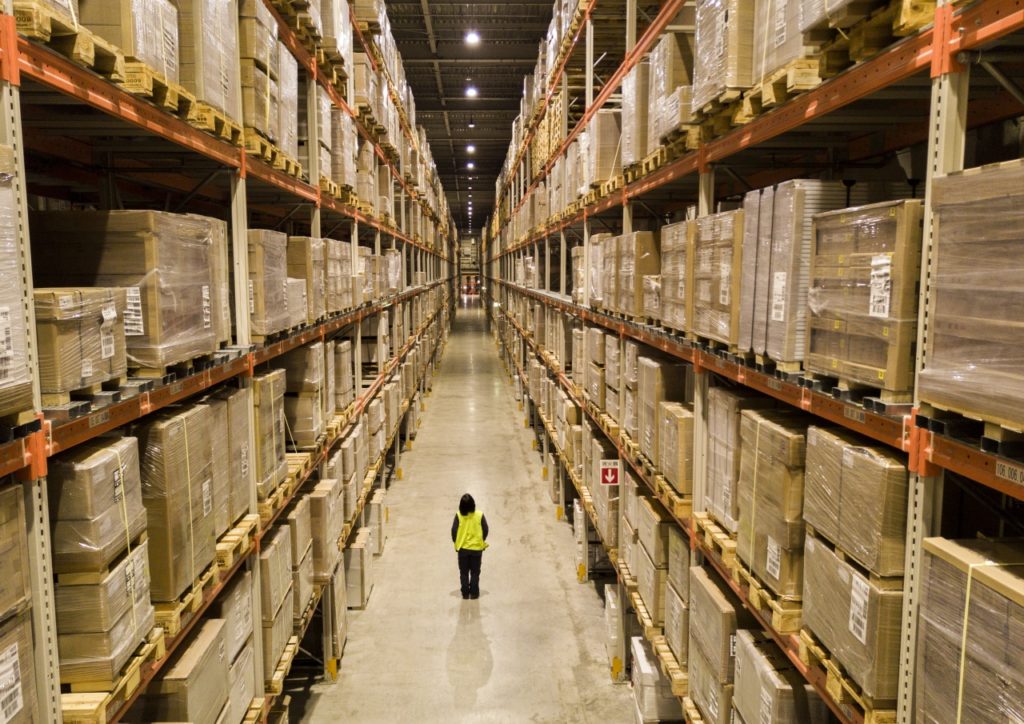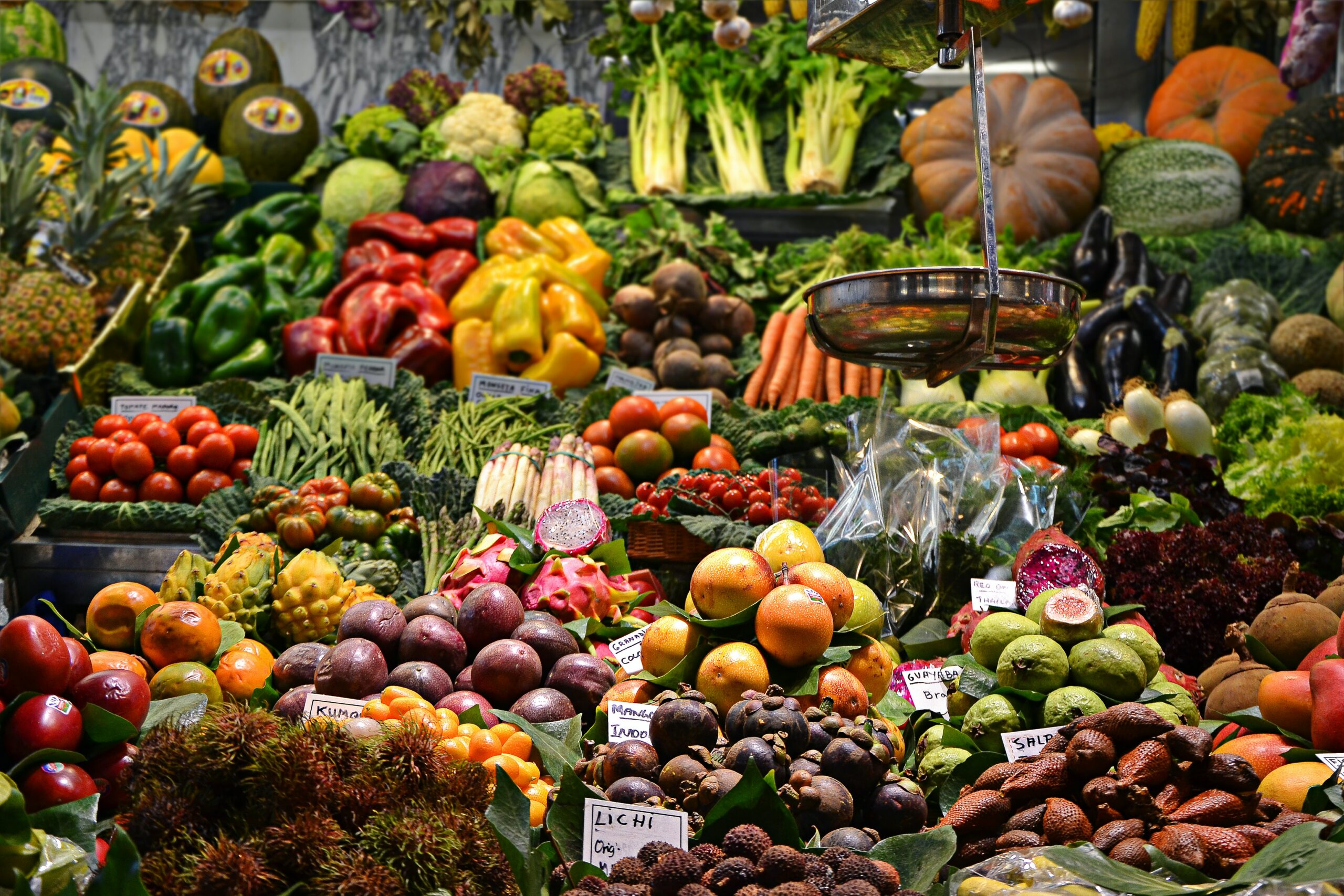The global logistic market has evolved with the development of the new emerging markets in Asia, Europe and Africa, creating new business opportunities in these new fast-growing economies and showing an annual growth of 7% to 10%, in Indian, Indonesia or Singapore, meanwhile the traditional markets have reached a plateau or have seen their activity reduced.
Due to a higher demand of transportation for raw material between the African continent, China, Indonesia and other ASEAN countries, we have seen the emergence of new regional industry leaders, sourcing raw material abroad, producing in Asia and willing to develop their commercial activity on the global e-commerce market.
The creation and development of new logistic hubs became necessary in Asia, Europe and Africa, meanwhile the historical trading activity between mainland China and north America or the European market have reduced.
Upcoming regulations such as the new tariff rules for north America, Brazil and Europe may quickly reduce the business volume opportunities between these historical markets, meanwhile we can see new signed trading agreement between fast-growing economies in ASEAN countries.
These new methods of consumption have generated higher margin for the logistic companies, due to the need for customized services such as remote stocks management, customised packing solutions and direct orders delivery to customers.
In order to support the fast-growing demand for customized services new automated logistic hubs have arisen in Singapore, China, Indonesia and others ASEAN countries, but also Eastern Europe countries. These facilities are having fully automated storage and transportation systems, such as autonomous Robots for the transportation and preparation of orders, automated packaging and printing solutions.
These new facilities are having their equipment fully controlled by ERP solutions allowing the clients to send orders, see the current progress status of the orders preparation and to monitor the stocks level.




